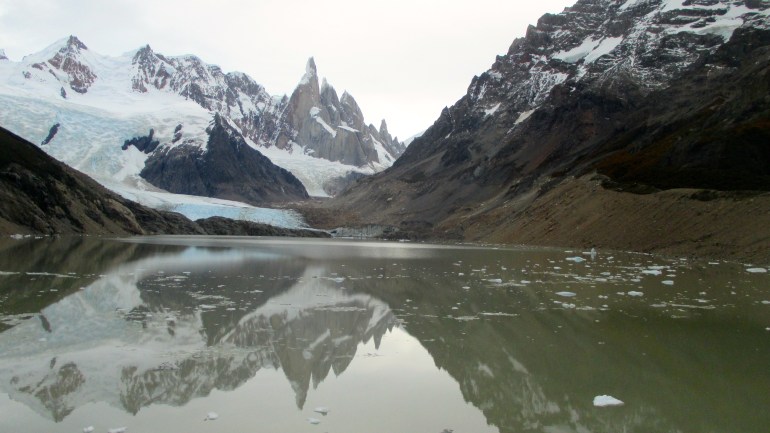Buenos Aires is a gastronomic haven just waiting to be explored. From the traditional Asado to the traditional empanadas, the city is filled with delicacies that are sure to satisfy your cravings. Here are some of Buenos Aires’ dining treasures that offer tasty dishes at friendly prices.
Bar El Federal
Opened in 1854, this historic café is located in the San Telmo district, just a couple of blocks away from the market. They have an extensive menu, so you’re sure to find one that fits your taste. It’s a great place to soak in your Buenos Aires experience as it is a spot where locals meet up after going to the market.
They serve great empanadas and picadas in hefty servings so you can order for sharing. If you’re lucky enough to catch a pan casero freshly baked, then make sure to order one of these loaves. They are perfect with butter and dulce de leche which is a local sweet spread.
The food is delicious and reasonably priced. You can get a great meal from 100 to 150 Argentine Pesos (around $6-10).
La Cocina
There is absolutely no way you can go to Buenos Aires without tasting the delectable empanadas. These are deep-fried or baked pocket pastries stuffed with delicious fillings, which can be anything from meat to vegetables.
The best place to enjoy this treat is at La Cocina in Recoleta. This area is actually a favorite tourist spot, thanks to the Recoleta Museum a few blocks away. La Cocina offers 8 different types of baked empanadas, with Pikachu being the house special. No, it’s not that pocket monster in the animated series. It’s a cheese enthusiast’s dream empanada. Pikachu is made from three different types of cheese with a dash of hot sauce.
So, for a quick but filling snack, head over to La Cocina and enjoy the tasty empanadas.
El Obrero
Located in the La Boca district, this restaurant is a local institution where friends and family gather for a hearty meal. The menu features favorites that have been served since it opened in 1954. Their signature dishes include berenjas en escabeche which is a pickled eggplant dish served with a yummy oily marinade. You should also try out their Spanish omelet packed with a hearty serving of chorizo.
The food is fantastic, the décor is relaxing, and the prices are unbelievably affordable. An order of Asado de Tira or short ribs is only 54 Argentine Pesos, which is roughly around $4. The Spanish omelet will cost you about $2.
Nonna Bianca
While walking around the city, you will often see a group of people gathered in parks drinking one of the most popular drinks in Argentina, the Mate. It is made from yerba mate, which are green finely chopped leaves that create a slightly earthy and bitter taste to the tea water. It is a local tradition that you certainly shouldn’t miss.
To make the experience more enjoyable and to make sure that you do it right, head over to Nonna Bianca located in San Telmo. It’s a quaint little ice cream shop that serves Mate. As an added bonus, if you’re not a big fan of hot drinks, you can try out Nonna Bianca’s Mate flavored ice cream instead.



















